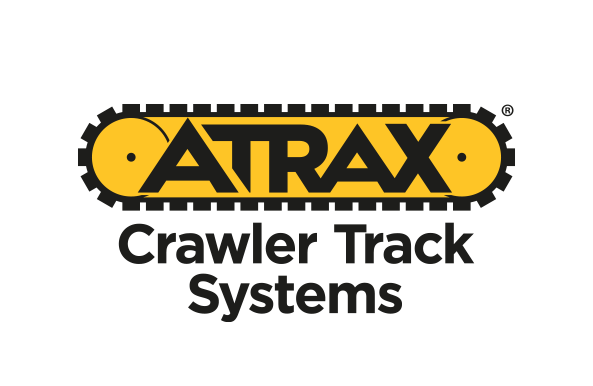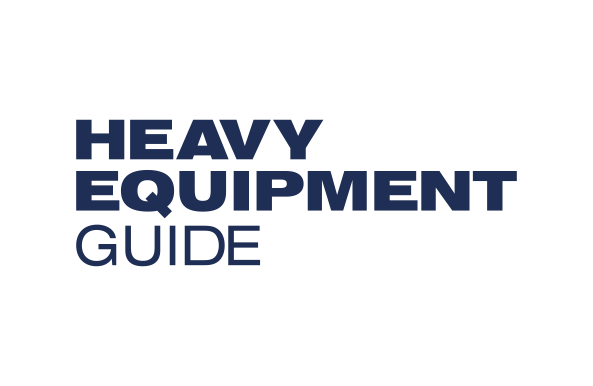Eddy Current Separators
)
The Eddy Current Separator (ECS) utilises magnetic forces to physically repel non-ferrous metals and enables separation from non-conductive materials. The eddy current separator is often supplied as part of a metal separation module with a first-stage drum magnet removing ferrous metals.
To maximise the separation and recovery of non-ferrous metals, Bunting has developed four different eddy current separator models:
- High-Intensity Eccentric (HIE) ECS – for small non-ferrous metals down to 3mm;
- High-Intensity Concentric (HIC) ECS – for small non-ferrous metals down to 10mm;
- R Type ECS – for general recycling applications where non-ferrous metals are above 20mm
- Can Sorter (CS) ECS – A cost-efficient model designed specifically for the recovery of aluminium cans;
Eddy Current Separators commonly form part of a Metal Separation Module as a two-stage metal separator. Material initially passes over a Permanent Drum Magnet to remove and recover ferrous metals, leaving a non-magnetic fraction. The Eddy Current Separator then separates non-ferrous metals from the non-conductive remains.
Operation
An eddy current separator is a dual pulley conveyor system, where the non-metallic rotor cover houses an independently rotating high-speed magnetic rotor. Separation occurs when a non-ferrous metal particle (e.g. aluminium, copper or zinc) is conveyed into the magnetic zone. The non-ferrous metal particle is exposed to rapidly changing magnetic polarity. This induces ‘eddy currents’ into the particle generating an electrical current (Fleming’s left-hand rule) that subsequently creates its own magnetic field. The two magnetic fields oppose each other (i.e. North vs North pole repulsion), causing the repulsion of the non-ferrous metal particle and change in trajectory. The measured positioning of a splitter enables the separation of non-ferrous metals from non-metallic material due to the altered and unaltered material trajectories.
The speed of the magnetic rotor is dependent on the number of poles on the magnetic rotor and the application.
Categories
- Metal detection/separation
- Recycling equipment & plant










































